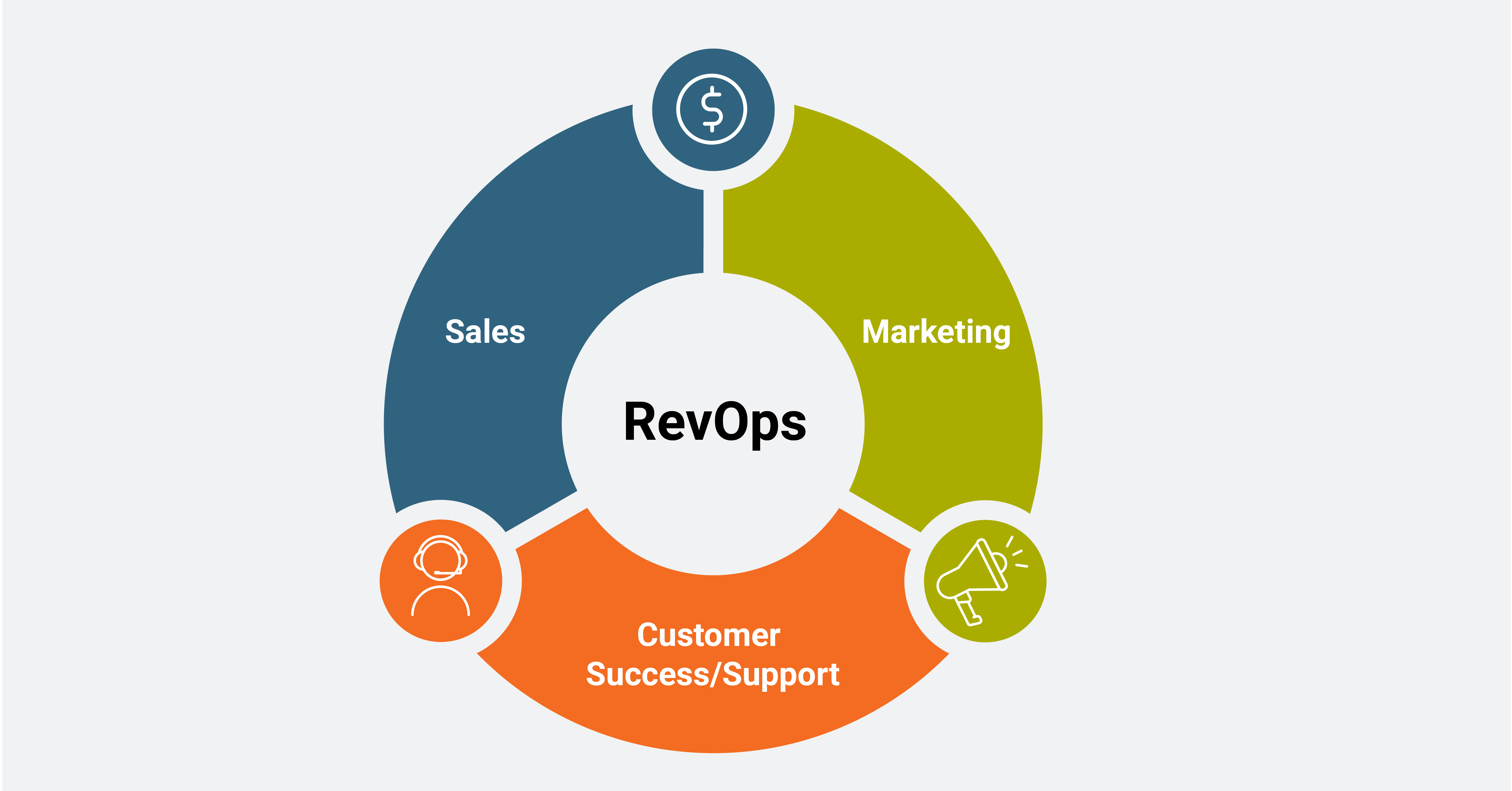You may consider using a geospatial solutions provider if you’re a business owner looking to use advanced geospatial solutions. These companies specialize in providing clients with the latest HD and ultra-HD LiDAR data. They help businesses use this data to enhance their business decisions and improve their operations. If you’re wondering how geospatial solutions can help your business, keep reading to learn more.
Geographic Information Systems
Geographic Information Systems (GIS) are software tools that help people make informed decisions. These systems can help with everything from site selection to land acquisition. They can also help with project planning, design, and visualization. GIS can even help with incident and disaster management. Ultimately, it can help people make better decisions for their businesses.
GIS software has an almost limitless number of applications. Geographic information systems are used in virtually all aspects of human life. From the distribution of natural resources to the distribution of population and other factors, virtually everything has a spatial component. What happens where influences the outcome of a situation, is a phenomenon known as spatial dependence or spatial autocorrelation.
Advanced geospatial solutions
You will want to work with a provider that offers advanced solutions if you’re interested in improving your business through geospatial technology. This type of technology allows companies to manage large amounts of data and perform complex analyses. It’s also possible to integrate it with other technologies like artificial intelligence, video analytics, and cloud computing. There are many applications of geospatial technology, and not everyone realizes how crucial it is to their business. For example, you can use online mapping services to find points of interest and traffic or plan a trip using accurate information about the terrain.
Several prominent players in the market are expanding their product portfolio to ensure they stay at the forefront of this evolving market. These companies will combine their complementary products to offer customers a time-lapse library of high-resolution satellite imagery, advanced analytics, and deep learning tools.
How do geospatial solutions help businesses?
For various businesses, geospatial data can be valuable to improve efficiency and reduce costs. Geospatial data can help companies better understand customers and competitors and improve marketing strategies. It can also help businesses improve their supply chains, delivery, and manage inventory. For example, companies can use geospatial data to identify customers’ preferences.
A well-optimized supply chain is the backbone of any company. Using geospatial data to locate warehouses and optimize routes is an excellent way to cut logistical costs, improve delivery efficiency, and streamline inventory management. Using geospatial data to optimize supply and distribution routes can help companies improve their environmental footprint.
Detailed and reliable geospatial intelligence
Geospatial intelligence is an increasingly important tool for national security. It’s not only useful for homeland security, but it’s also used in various other applications, including marketing, transportation, and law enforcement.
Collecting geospatial data
Geospatial data is the representation of real-world phenomena like roads, land use, waterways, and other aspects of the environment. It can help you better understand the world around you and determine what needs to be done. For example, you can use geospatial data to better understand the health of the soil on a farm. This information is useful for planning and monitoring activities that can improve the health of your farm.
Businesses, governments, and other organizations use geospatial data to make better decisions. For example, they can use it to identify risk areas and determine the best places to deploy resources. They can also use it to monitor changes in construction, industry, and other variables. This information allows them to tailor their services to specific geographic regions and price them more competitively.




